TS: So, I would like to say “welcome to the fastener industry”. But, in all fairness, I did get the opportunity to listen to your recent interview on Fully Threaded Radio with Eric Dudas. And Eric did a wonderful job of introducing you to his audience. But for the few people who did not get to listen, let’s start with what you were doing before you joined Endries. You said you came from the electronic components industry. Tell us a bit more about that.
Michael: Prior to joining Endries I spent the entirety of my career in electronic components, both as a manufacturer and a distributor. Most recently, I was President of the Exponential Technology Group (XTG), a division of TTI Inc (a $10B component distributor owned by Berkshire Hathaway) and I was corporate head of business development, which included M&A. I built XTG through a combination of strategic acquisitions in the semiconductor and IoT space, and investments in those acquisitions to unlock their growth potential. When I left the group was comprised of eight acquisitions collectively contributing more than $800M a year in revenue to TTI, and growing on average +30% a year.
TS: In the time you have been on board with Endries, have you noticed any big differences or similarities between the industries?
Michael: That is a really interesting question in that within the answer is one of the core things that attracted me to Endries in the first place. The fastener distribution business, and much of industrial distribution in general, reminds me of the electronic components industry in the late 80’s and the 90’s. It is relatively fragmented with lots of local and regional firms that are still run by their founders, and a handful of very large, predominately domestic firms. How the product goes to market and how distributors interact with customers is also very reminiscent to me of the electronic components industry.
The electronic components industry today is heavily consolidated with the majority of the local and regional specialists having been acquired by some very large firms that then took their business models international. Distributors provide their suppliers point-of-sale reports, and special pricing authorizations (SPAs) are the norm in the industry, which is very different than the fastener industry today. There is also a lot of product standardization across the electronic components industry, especially in the C class parts which are highly commoditized.
At an operations level, the trend in electronic components has been large distribution centers with lots of automation and the majority of the product being delivered from the DC dock to the end customer’s dock, or the customer’s chosen contract manufacturer (the largest users of electronic components these days) rather than being delivered through some sort of vendor managed inventory arrangement. There is also a very well-developed on-line business that accounts for tens of billions of dollars in annual sales. Most electronic component distributors have very sophisticated, highly automated e-commerce platforms.
So, while the differences are fairly significant, they are familiar to me and my time in the electronics industry as it evolved gives me a pretty good roadmap of what is likely ahead for the fastener distribution business. Others that I know who have made the switch from electronics to industrial distribution, specifically the CEOs of Vallen and Galco, have a similar view of things.
TS: One of the topics you discussed with Eric was the supply chain challenges from the past few years. You really caught my attention when you said that the supply chain issues, are not over. In fact, you said, “not even close”. I would like you to elaborate on that topic a bit more.
Michael: The reason I am so certain of this is that the fundamental issues behind the extreme supply chain crisis we experienced have not been fully addressed. Regardless of the market segment or component type, supply chains today largely operate the way they have since the 1980’s when the big push started to offshore everything to low-cost labor countries. Most supply chains are optimized for cost reduction, rather than resiliency and security, both of which have long been taken for granted.
We all got a big wake-up call going into the 2020’s, but a true transformation that address the issues in a sustainable, economical way is a massive and risky undertaking. The good news is that we have the technology to get it done, much of which centers on the digitizing of everything from sourcing to manufacturing to logistics. But the bad news is that we have real barriers to overcome in that supply chains are proprietary, and the participants are understandably reluctant to make them completely digitally transparent. Not to mention the growing geopolitical turmoil that is driving us away from globalization, and increases in extreme weather events that regularly add additional chaos to the mix.
The net result is that the supply chain today is still mostly resembles the supply chain of the past and so remains very inefficient and vulnerable. Lead times on lots of parts are still well north of what they were pre pandemic and despite what feels like a widespread over inventory situation, end customers are still living hand-to-mouth on everything from raw materials to power semiconductors. Once the inventory build is worked off (which I think will become more and more obvious as we approach the end of this year), I believe we will find once again that capacity has not yet completely caught up to demand. As the next cycle begins, I’m afraid it won’t be long until we are having a déjà vu 2021/2022 moment.
TS: In the interview with Eric you also mentioned taking a business unit with your former company from zero to over $800 million in revenue, mostly through acquisition. So clearly, mergers and acquisitions are something that you have been involved with. Consolidation has become a huge part of the fastener industry over the last several years. The pace of acquisition, both on the distributor side and the supplier side, has increased dramatically in recent years. As you enter into a new industry you have the dual task of learning about your new industry but also diving right into the merger/acquisition side of the industry. How do you balance that?
On the acquisition front, I am fortunate to have an ace up my sleeve in the form of Steven Endries. With my joining Endries, the company Steve and his family built, he has turned all of his focus on strategic acquisitions, in addition to being chairman of our board of directors. Steve knows more about this business than I will ever likely know, which is a tremendous resource for me, and makes him the perfect leader for the acquisition-based portion of our growth strategy.
Steve Endries has successfully sold Endries three times, the first being to a large, public industrial distributor, and the second two times to financial investors, plus he has lead the company to acquire dozens of distributors that are now part of Endries. One result is that Steve has been on both side of the deal table which gives him tremendous connectivity and empathy with the owner of any firm that might be exploring a sale of their business.
Endries has a great track record of being great for the businesses that we acquire, and the people that come with them. The firms that we court don’t have to take our word for it. They can talk directly with people throughout our business that joined Endries through an acquisition and have thrived afterwards.
In addition to Steve Endries, we have a group of people who have been with us a long time and are exceptionally good at onboarding our acquisitions. Combine all of this with our business size and strength, and the backing of an amazing owner that gets the business and financially supports our acquisition strategy, and you’ve got a winning formula. This too is a very similar situation to my days at TTI where I had the financial resources and reputation of Berkshire Hathaway behind my acquisition work.
TS: I heard you have an interest in rebuilding British cars, trucks, tractors, and old motorcycles. And I thought it was funny that you even went as far as to manufacture your own parts when you could not find them. What kind of parts were you making and what machinery are you able to run to make the parts?
Michael: Most of what I do is make nuts and bolts with British Standard Whitworth threading. BSW was the worlds first national screw thread standard, and it harkens back to the mid 1800’s. The old British bikes that I am so keen on all use BSW and it can be quite hard to find. I’ve got a set of hand tools for cutting the thread on blank rods, and for cutting threads in nuts. Pretty basic stuff. About as sophisticated as I get is to use a drill press to make “banjo” bolts and collars that are often used to deliver oil to overhead cams.
The tractors and trucks that I work on are all American from the 40’s and 50’s and so therefore it is easy to find the hardware I need. That said, I have a knack for snapping off things like manifold stud, so I have had to get good at extractions and re-tapping. It is very time consuming and always a pain in the butt, but there is something extremely satisfying about it all.
TS: You have only been on board with Endries for a few months now but I still need to ask you, what can we expect to see from Endries in the next few years?
Michael: We’ve got a lot of things in the works that are going to be needle-movers for us. Some are based on new technology we are working on, some based on new business processes. I can’t give too much away at this point, but there is one thing that I am particularly excited about. It uses technology to modernize a core business value proposition of ours regarding vendor managed inventory.
We are working on the next version of our well-known Pulse system that was launched in 2016. This system uses RFID tags on the lineside parts bins which, when empty, get dropped in a kiosk at the customer site sending us a replenishment signal. The technology for tracking part consumption and transmitting data has come a long way in the last six years and my background in IoT is really coming in handy as we design Pulse 2.0. The goal of the new system is to eliminate the kiosks and build the part consumption and data transmission tech, both coin cell battery operated, into every bin. This will give us great precision and cloud-based analytics that the customer can use and decouples us from having to depend on fixed power and network access at the customer site.
Also, you can expect us to continue to acquire companies that match our focus and passion. The organic and inorganic growth opportunities at Endries are what attracted me to the business and now that I am six months into things, I can say with assurance that all of my expectations coming into this company and this industry have been exceeded.
TS: I am sure you still keep an eye on the electronic components business and, of course, the fastener industry. In a more macro outlook, what is your outlook on the overall business climate? Still strong, more challenges ahead? What do you see?
I remain very bullish on both industries. It is pretty easy to keep an eye on trends in the electronics industry from my new vantage point as so many of Endries’ current and target customers incorporate electronics in their end products. A core business goal for all companies that make something is to evolve their product lines such that they stay ahead of their competition and remain differentiated in their end markets. New technology is an enabler of this goal, making all end products smart and connected, a trend that will be with us for a far ahead as I can imaging.
It is the trends in technology that punched through COVID in short order, and then continued to drive strong end market demand straight through frequent business disruptions caused by geopolitics and extreme weather events, and now uncertainty around inflation and interest rates. I think this will be a strong driver of growth throughout the remainder of this decade.
That isn’t to say there won’t be some soft spots as we climb through the next half dozen years. But those soft spots should be momentary and caused by factors other than true underlying demand. In fact, we have been navigating such a soft spot the first half of this year as excess inventory and confusing macroeconomic signals have encouraged conservatism in the supply chain… despite the strong, carry-forward customer backlogs and stickiness of last year’s price increases. Some of this even now starting to resolve itself and confidence in the second half of the year is improving.
I think when the dust settles, many suppliers in both industries will finish at least even with last year. That is a significant accomplishment given the headwinds, and the fact that in 2021/22 so many companies experienced the kind of growth that would normally take 10 years to achieve. That said, I also expect that we will again see some macro level softness in the first half of 2024 as the US economy takes a short, inevitable breather, after which business will gain momentum and we will start another strong up cycle. For one thing, the billions of dollars in federal infrastructure bills will create strong tail winds for the manufacturing economy which will be a real catalyst for this next cycle.
Note from TS: I have a regular column in Fastener Technology International (FTI) magazine called 10 Minutes with the Traveling Salesman, which can be read online at www.fastenertech.com Subscriptions to FTI, print and digital editions, are free-of-charge for fastener manufacturers, distributors and users as ell as suppliers to the industry.

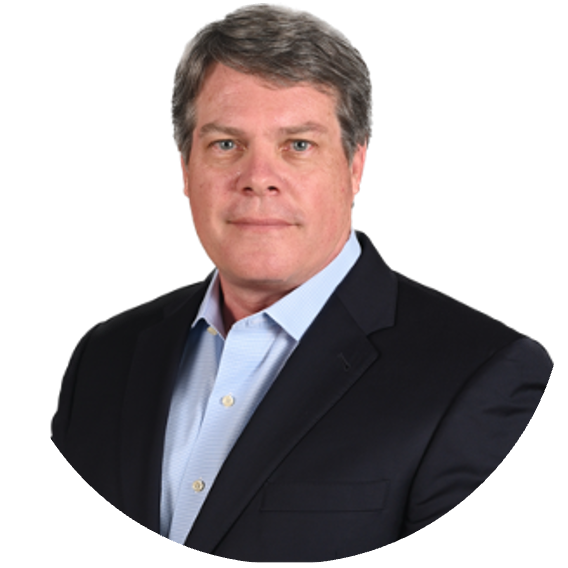
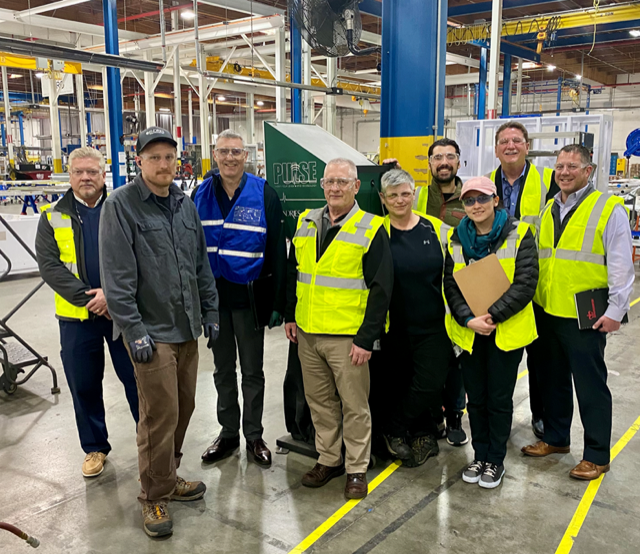
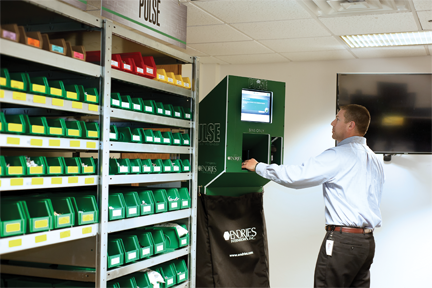
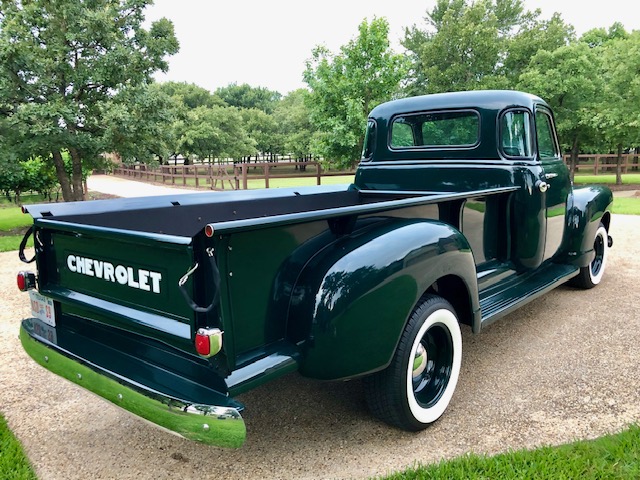
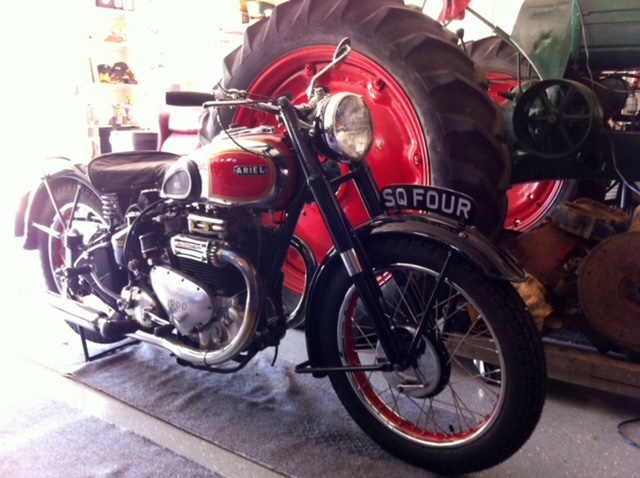
TS: Another insightful article. You continue to amaze!
Marty. Best article yet! Congratulations! I know where 52 antique tractors are probably for sale to the right buyer.